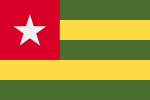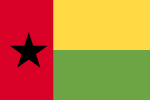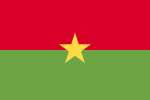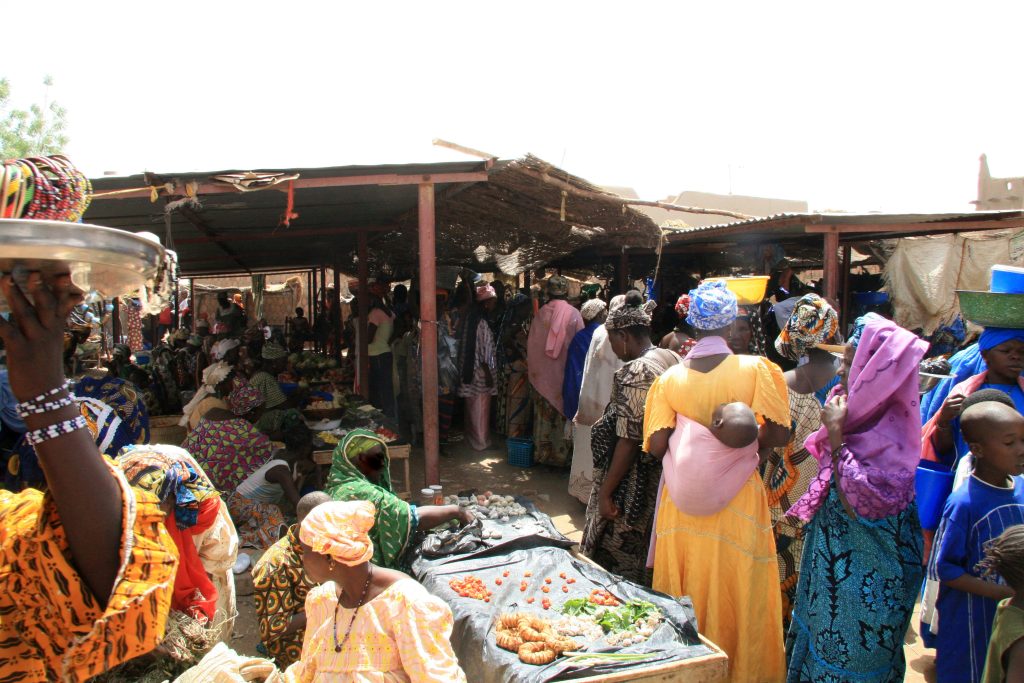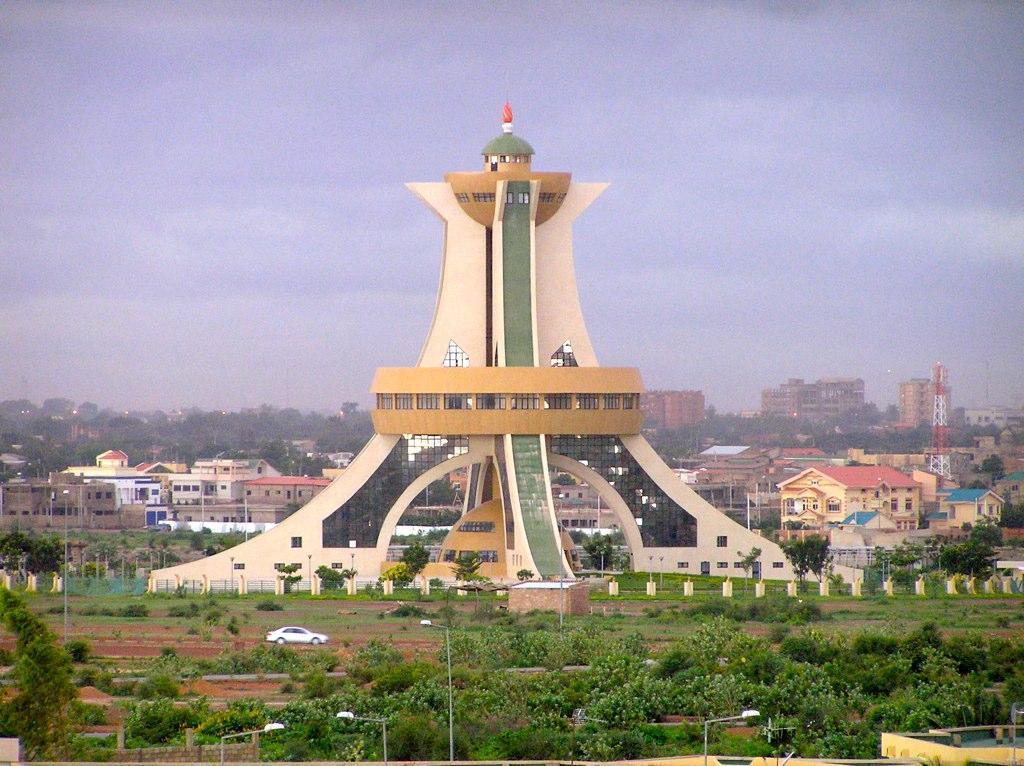One of the top five cotton and gold producing countries in Africa, Mali is a landlocked country in West Africa and the second largest state in West Africa. It is characterised by the extreme youth of its population, with almost half (48.8%) of the Malian population under the age of 15. After the crisis of 2012, the Malian economy is once again enjoying good economic growth. The real GDP growth rate rose from 3.2% to 5% between 2013 and 2019.
In contrast, 2020 was a particularly turbulent year for Mali, which in addition to facing a difficult social and security situation experienced a slowdown in economic growth due to the adverse effects of the COVID-19 health crisis. The 2020 GDP growth rate projected at 4.9% before the health crisis was reduced to 0.9% by IMF staff. For the first time in six years, GDP growth will fall well short of the country’s population growth.
In its new information note, the various developments in the Malian economy, which is dominated by agriculture, mining and trade, are developed.
Primary and tertiary sectors, driving sectors the economy
Mali’s economic structure is strongly dominated by the primary and tertiary sectors. The growth rate of the primary sector slowed slightly between 2018 and 2019, from 4.7% to 4.5%. However, according to forecasts made before the COVID-19 health crisis, growth in this sector should continue to slow in 2020 to around 4.3%.
In contrast to the primary sector, growth in the tertiary sector accelerated between 2018 and 2019 from 3.9% to 4.8% and should consolidate in 2020 at around 4.9%.
With a strong irrigable potential, the country has the resources to become one of the agricultural pillars of West Africa. A detailed analysis of the various sectors of the Malian economy shows that the value added of the primary sector was CFAF 3,935.1 billion in 2019, compared with CFAF 2,922.7 billion in 2015. Agriculture is the main source of wealth creation in the primary sector with more than half of the wealth created (CFAF 1 953.3 billion in 2019). Livestock breeding and hunting are in second place in terms of wealth creation, with CFAF 1 490.3 billion in 2019. Fishing comes in third place with wealth creation of CFAF 239 billion.
By diversifying the basis of production and relying on accelerated, sustainable growth that creates jobs and income-generating activities, Mali expects to achieve a level of growth of over 7% per year. This growth could be supported by the mining sector, given that Mali has significant resources, particularly in gold, iron and bauxite.
The secondary sector accounts for 18.2% of GDP in 2019, with an estimated contribution to growth of less than one (1) percentage point. This contribution should increase in view of the strengthening of investments planned for the energy sub-sector. Wealth creation in the secondary sector is estimated at CFAF 1 953 billion in 2019, against CFAF 1 363 billion in 2015.
The tertiary sector, which is the most dynamic, contributed 37.5% to the GDP in 2018. Mainly dominated by trade, administrative activity and other services, the contribution of this sector was 37.2% in 2019.
You can consult the detailed table of Mali’s economic situation by sector in the information note prepared by UMOA-Titres.
Heading towards stability in economic activity
Mali’s Gross Domestic Product, at current prices, rose from 7 748 billion in 2015 to 10 227 billion in 2019, an increase in wealth creation of CFAF 2 479 billion over the period. This development is the result of the efforts of the Malian authorities in various sectors to revive the economy. With the health crisis linked to COVID-19, the initially estimated value of GDP for 2020 of CFAF 10,956 billion has been reduced to CFAF 10,420 billion according to the IMF’s projections of May 2020. Economic activity should be dynamic again after 2020. The expected growth over the period 2021-2025 should bring GDP to CFAF 14 654 billion.
In 2019, total debt is estimated at CFAF 3 820 billion, or 37.4% of GDP. During this period, external debt represented on average 71% of total debt. Mali has the lowest level of debt in the WAEMU area with an average level of outstanding debt/GDP of 36.7%.
After 5.0% in 2019, GDP growth is expected to slow in 2020 to 0.9% due to the impact of the COVID-19-related health crisis on the Malian economy. Inflation remains under control. The inflation rate stood at 0.4% in 2019 compared to 1.9% in 2018. The budget deficit has improved in recent years, going from -3.3% of GDP in 2018 to -2.4% in 2019.
Great economic potential
As the third largest gold producer in Africa after South Africa and Ghana, Mali now has ten (10) mining companies with a production of more than 60 tonnes in 2018 compared to 46.5 tonnes in 2017. Revenues from mining represented several hundred billion to the state budget. Prospects are good in the mining sector, as the number of companies has increased from 8 in 2015 to 10 in 2018.
Several other areas have strong potential: cotton, for which Mali is one of the main producers in Africa; groundnuts, the production of which has encouraged the establishment of several industries in the country, particularly oil mills, soap factories, flour mills, etc.
The iron and bauxite industries remain unexploited and there is a real potential for the development of the building materials industry (lime, marble and granite).
The priority areas of trade policy are: the development of the value chain (livestock meat, agro-food processing, etc.), the development of the industrial fabric and the improvement of the business climate.
For a more complete picture of the Malian economy and investment prospects, download the Mali Country Information note here.
Source : Mali Information note – UMOA-Titres, 2020 Edition



